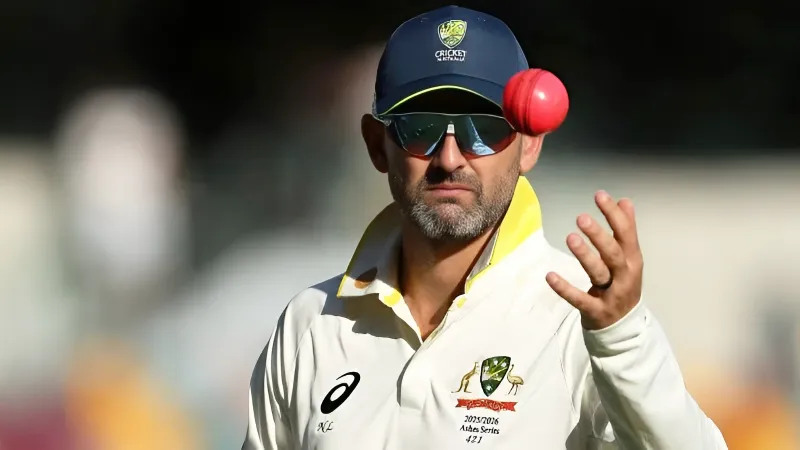If you’ve been following India vs England Test series this summer, you might have noticed something that’s been driving fans—and former players—a little crazy: the team selection. Over just four matches, India’s playing XI has changed not once, not twice, but eleven times! That’s right, eleven different players switch in a matter of weeks, and former India opener Navjot Singh Sidhu isn’t holding back on his opinion.
Why So Many Changes? The Trouble with a ‘Moving Target’ Team
Changing your lineup frequently might sound like a good way to keep opponents guessing, but in cricket, especially Tests, consistency often builds the foundation for success. Sidhu called it “musical chairs,” and honestly, that’s a pretty apt description. Eleven changes in four matches? That’s almost three changes per game—hardly the recipe for building team chemistry.
With injuries like Pant’s absence and constant changes to bowlers like Bumrah and Thakur, management seems to be chasing the “perfect” lineup.
The upper order is a clear example. Apart from KL Rahul and Yashasvi Jaiswal, there’s been no settled opening pair, making it hard for batsmen to settle and build key partnerships. Cricket is as much mental as skill, and confidence comes from knowing your spot isn’t constantly under threat.
The Human Side: How Players Cope with the Uncertainty
Imagine you are in a job where your job description, job, and role, sometimes existence was questioned every day. Not a nice feeling.
Karun Nair’s series swung from setback to redemption—crashing out, then roaring back with a masterful unbeaten 152 on a spicy green-top, a bold reminder of the class that never truly fades. He reminded everyone that class doesn’t just disappear with a little backing and belief.
Akash Deep and Prasidh Krishna found themselves caught in a revolving door—thrown in and out, trying to make an impact in brief, high-pressure stints. And just when it looked like things could not get more unpredictable, they threw Anshul Kamboj into the mix–perhaps as a dark horse to experiment with in a squad floundering.
Finding the Balance: When Flexibility Meets Stability
Now, don’t get me wrong – injuries occur and sometimes you need to alter your team based on conditions or form, but there is a difference between intelligent flexibility and an arbitrary and chaotic chopping-and-changing process. Indian management has to find that balance.
If you look at the great Test teams over the decades, a consistent theme has been stable core team selections. Whether it be the Australian teams of the 90s and 2000s, to even India’s periods of strong performance between 2010-2018, were based on players knowing their roles; they trusted one another, and that was through stable selections. Too much change disrupts the flow, and players tend to play either tentative or overly-eager cricket.
Sidhu’s censure is a good reminder of how the management might be overanalyzing. It might be time to settle on a steady XI, support players in form, and find combinations that work together – especially with India focused on the upcoming World Test Championship and everything following that.
There is no doubt that the series has produced many highs and lows for fans in India, with some stunning performances and some frustratingly inconsistent performances. Sidhu’s remarks regarding the 11 changes in 4 Tests point at a problem that exists – the need for some fluidity for tactical reasons, but balance with the playing group.
For more, visit JeetBuzz News to read our quality Cricket Blog updates. Explore if you want to reminisce and enjoy all of your favourite cricket players and nostalgic match moments. To ensure that you never miss out, keep updated and join in the fun!































